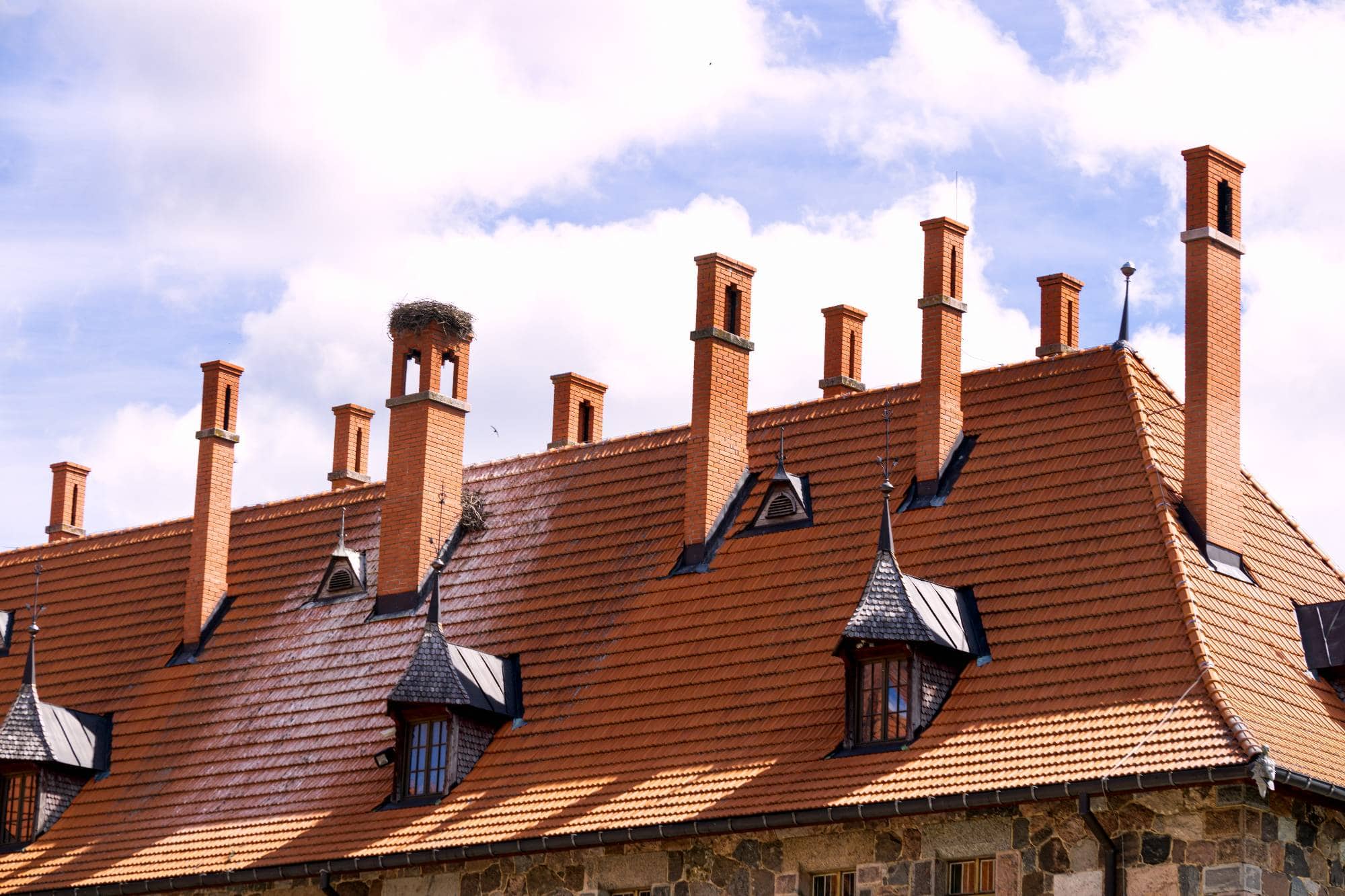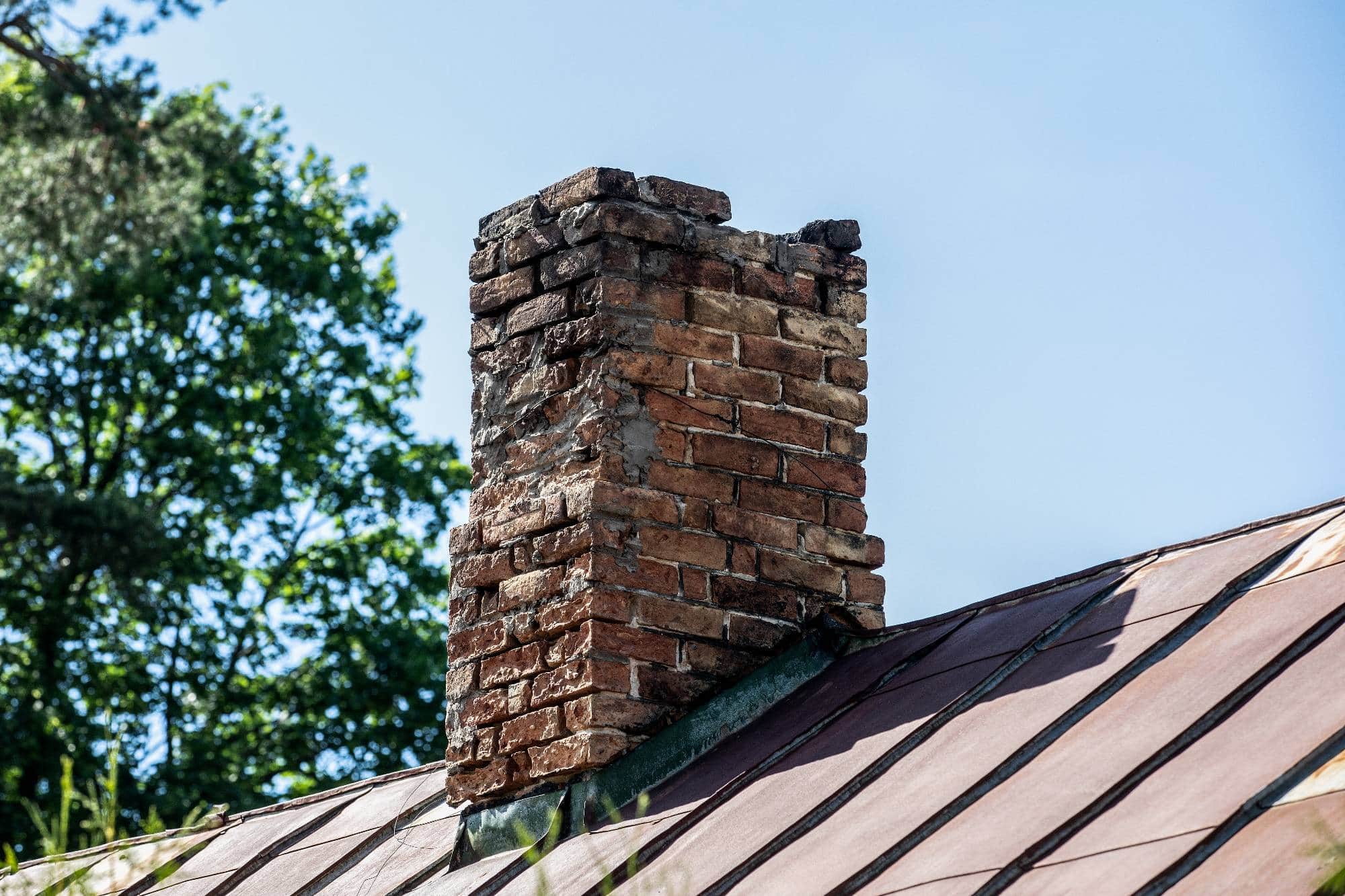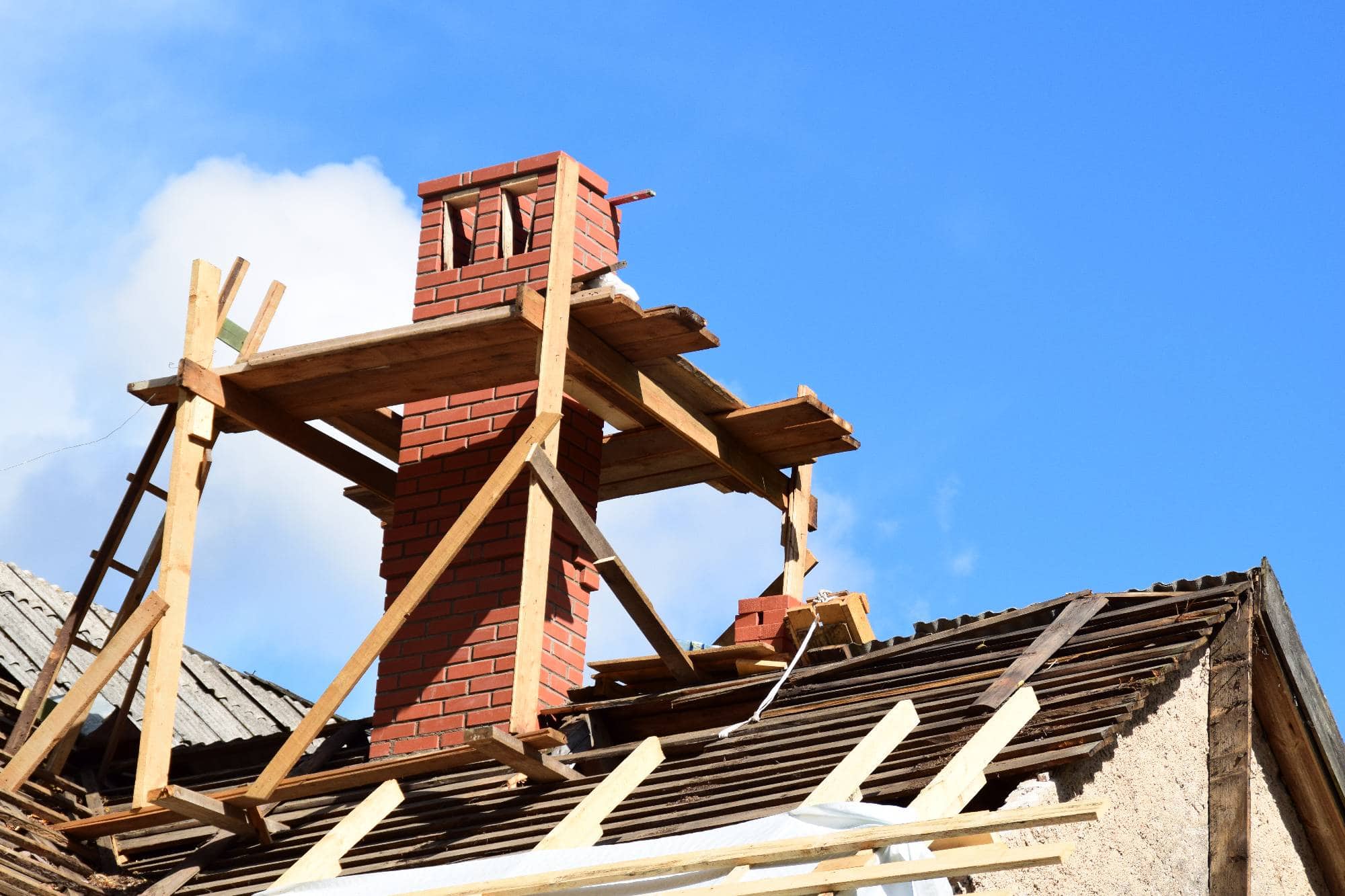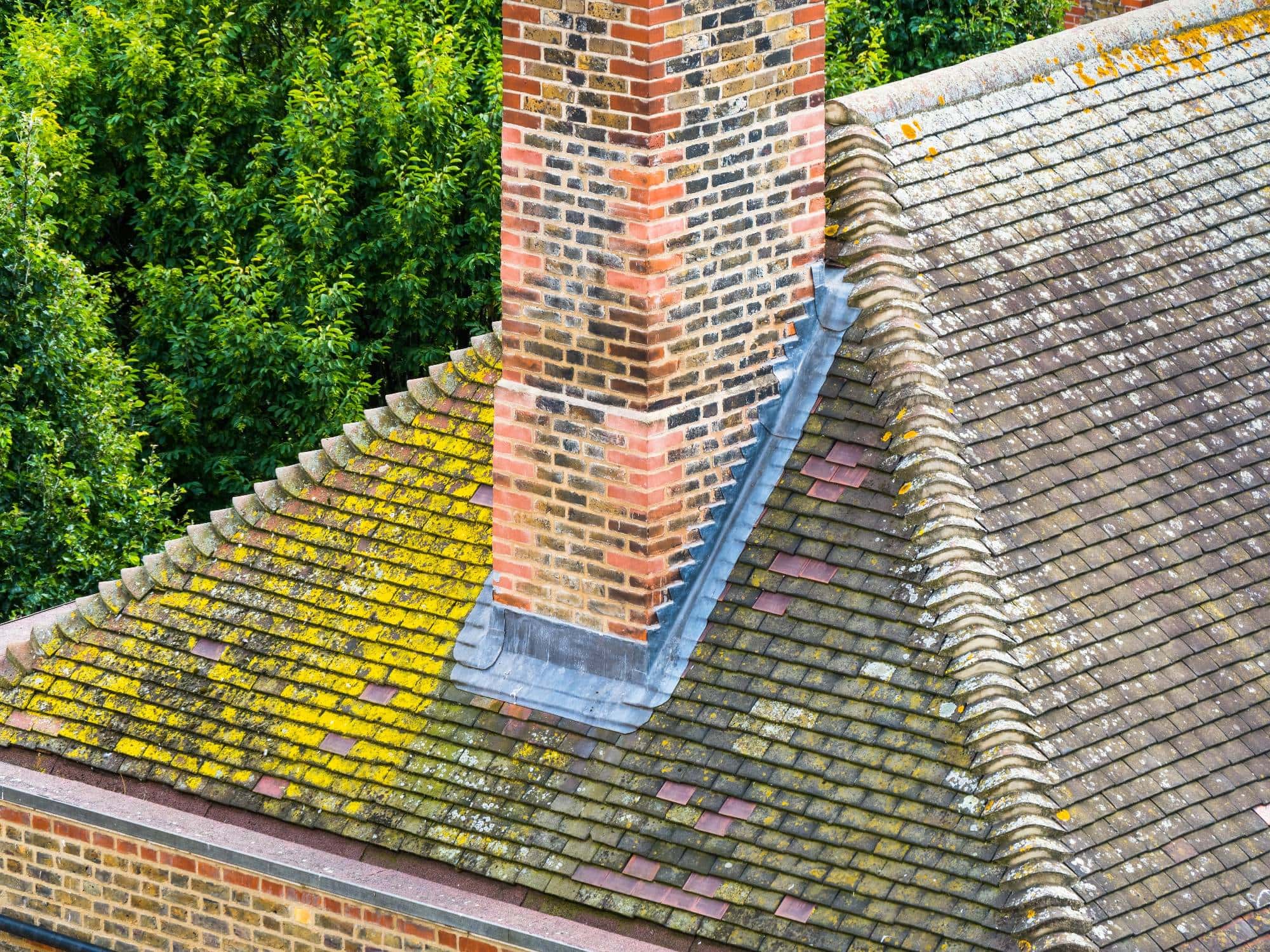Authentic historic chimney restoration using period-appropriate materials and traditional techniques that honor your home’s original character.

Hear from Our Customers

Your 19th-century colonial isn’t just a house—it’s a piece of history. When that history includes a chimney that’s been standing for over a century, you need someone who understands what makes these structures different.
Most modern chimney companies see old bricks and mortar as problems to fix with today’s materials. We see them as artifacts that tell your home’s story. The lime mortar that’s been holding your chimney together since the 1800s behaves differently than modern cement. The softer, hand-made bricks require techniques that honor their original construction.
When we restore your historic chimney, you’re not just getting repairs—you’re getting preservation. Your home maintains its architectural integrity, your property value stays protected, and your family gets the safety of modern standards without sacrificing authentic character.
Above and Beyond Chimney has been serving South Easton and Bristol County for over 20 years. We’re CSIA certified and Massachusetts licensed, but more importantly, we’re specialists in the kind of work that other companies avoid.
South Easton’s historic homes—many dating back to the early 1800s—require craftsmen who understand traditional building methods. We know how to source period-appropriate bricks, mix lime mortar to match original compositions, and use techniques that complement rather than fight against century-old construction.
When you call us, you’re not getting a sales pitch. You’re getting an honest assessment from people who’ve spent decades working on homes just like yours throughout Bristol County.

Every historic chimney restoration starts with understanding what we’re working with. We begin with a thorough inspection that goes beyond surface damage to identify the original construction methods, materials, and any previous repairs that might be causing problems.
Next, we document everything—photos, measurements, and detailed notes about the existing structure. This isn’t just for our records; it’s insurance that we can rebuild authentically if needed. We carefully analyze the original mortar composition so we can match it exactly.
When the work begins, we salvage every original brick we can. These aren’t just building materials—they’re pieces of your home’s history. We clean and reuse them following traditional bonding patterns that match the original construction. Any new materials we introduce are carefully selected to be compatible with the old, ensuring your restoration will last for generations without causing damage to the historic fabric.

Ready to get started?
Historic chimney restoration isn’t a one-size-fits-all service. Your 1850s farmhouse chimney has different needs than an 1890s Victorian, and we tailor our approach accordingly.
In Bristol County, we see common issues that come with age and New England weather. Lime mortar that’s been softened by decades of freeze-thaw cycles. Original bricks that have been damaged by previous repairs using incompatible modern materials. Missing or deteriorated chimney liners that put your home at risk.
We handle it all—from repointing with historically accurate lime mortar to installing modern safety features that don’t compromise your home’s character. We can source matching antique bricks, rebuild sections that are beyond repair, and bring your chimney up to current safety codes without anyone being able to tell the difference. Our work preserves the past while protecting your future.
